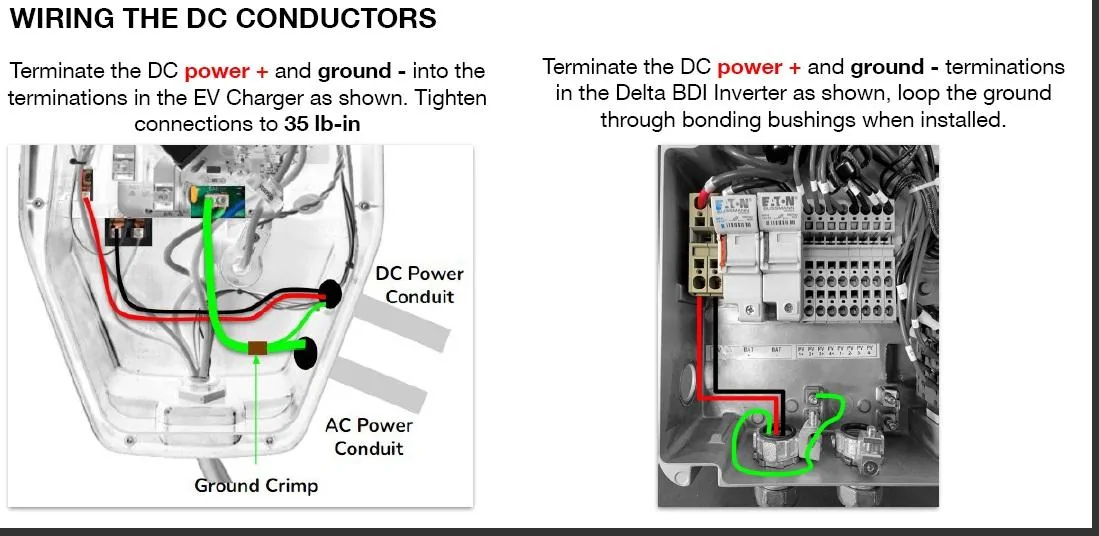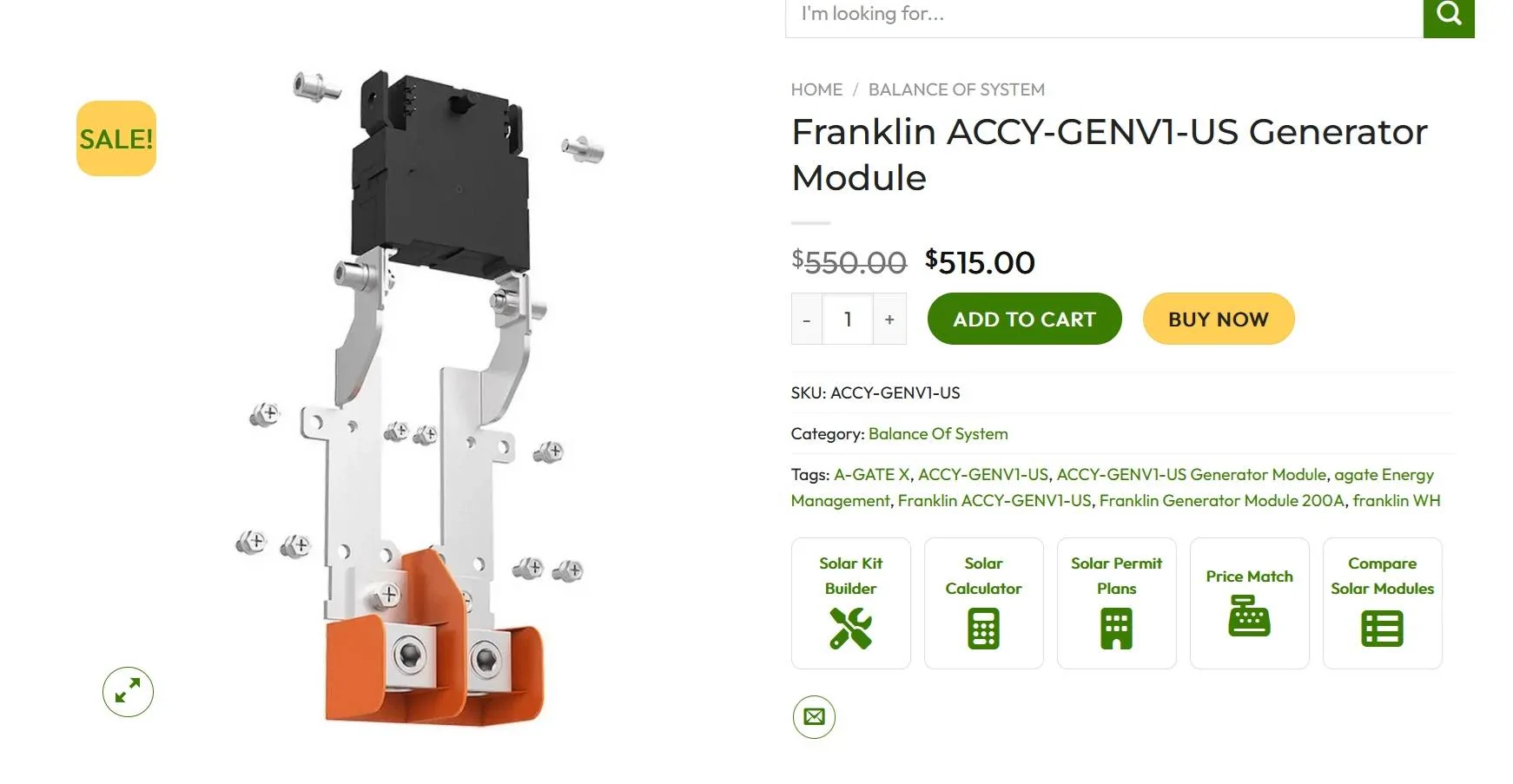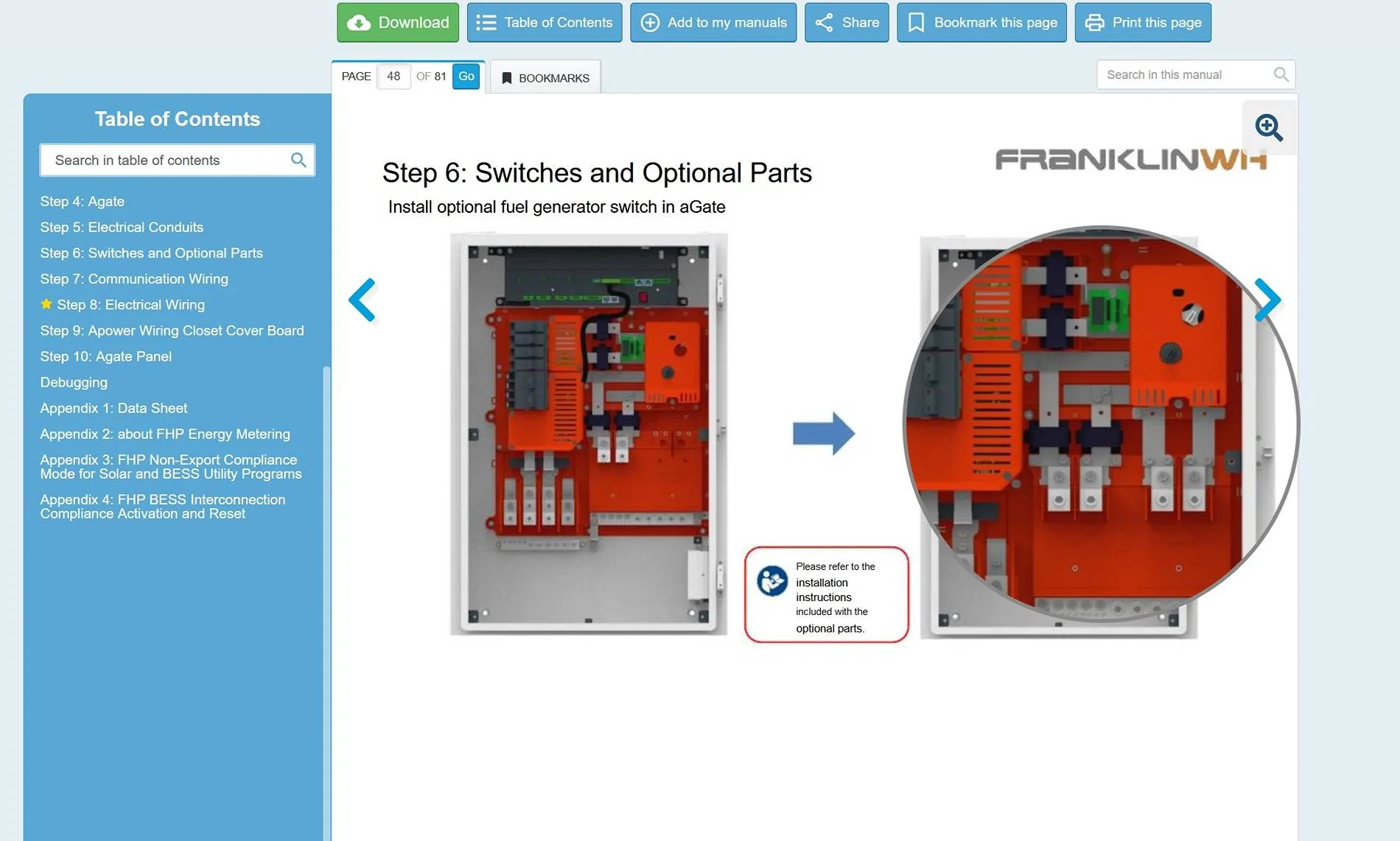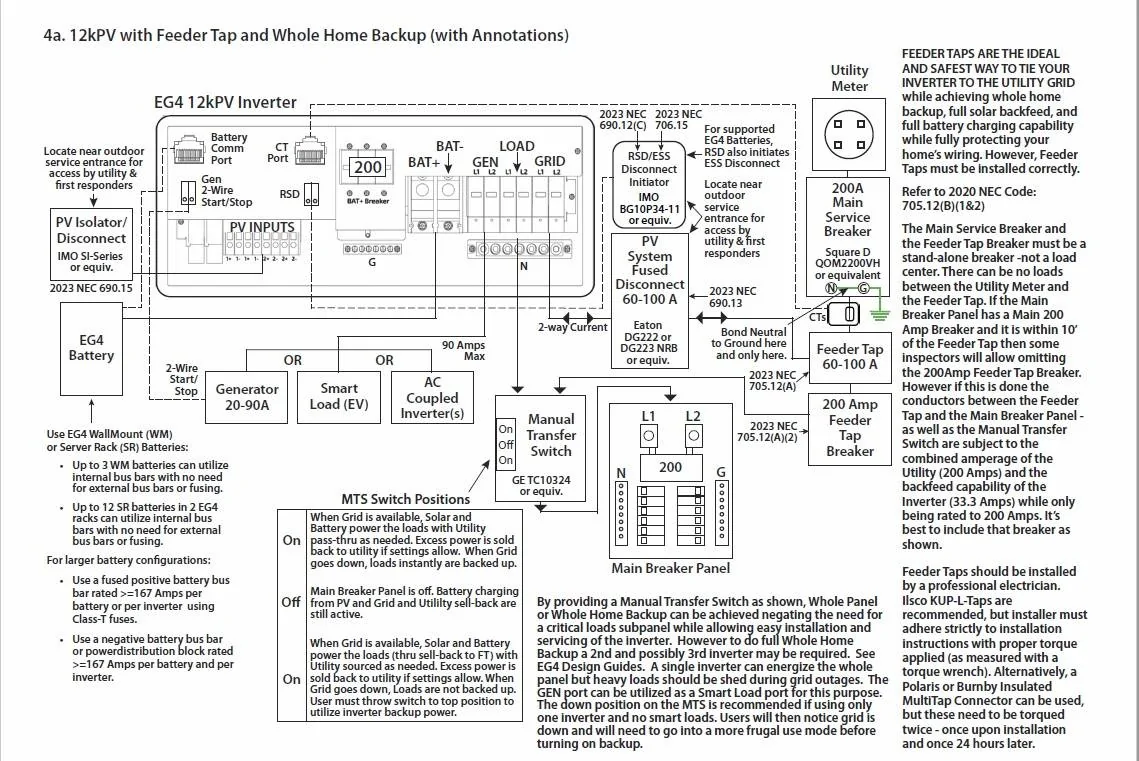chl
Well-known member
- First Name
- CHRIS
- Joined
- Dec 16, 2022
- Threads
- 7
- Messages
- 2,273
- Reaction score
- 1,392
- Location
- alexandria virginia
- Vehicles
- 2023 F-150 LIGHTNING, 2012 Nissan Leaf, 2015 Toyota Prius, 2000 HD 883 Sportster
- Occupation
- Patent Atty / Electrical Engineer
Yes short-term greedy thinking runs the business world too often. And sometimes it backfires.ISO 15118 is the yet to be finalized standard I referred to in earlier posts. It's a good standard but it's still unclear how many American EV makers will support it and when. I doubt Tesla will support it any time soon. Hopefully, Ford will support it but probably only in new models and highly doubtful existing Lightnings would ever get it.
Again, there is no technical issue that could not be solved. It's all very doable technically. Nissan supported V2H based on the ISO 15118 pre-cursor more than a decade ago. Close minded/greedy business mindset is the real obstacle. Just look at the effort and time it took for Apple to finally support third-party repair.
Apple's strategy caused them to miss the boat in the personal computer market in the late 80's and 90's, and they nearly went bankrupt in 1997, until the iPod, iTunes, the Internet and the App store, saved them, thanks to Jobs return.
The mid-late 90's were dark days for Apple - one of my law patent partner's wife was an exec with Apple.
"In an effort to compete with these rivals [IBM and Microsoft], Apple embarked on a series of ill-fated business decisions. In the early 1990s, the company introduced a series of new products, including the Newton PDA and the Macintosh LC, which were not well received by consumers and failed to sell.
In addition, Apple's focus on high-end products and its refusal to license its software to other companies limited its ability to compete in the growing personal computer market.
As Apple's financial situation worsened, the company was forced to lay off thousands of employees and close several facilities. In 1997, Steve Jobs returned to the company as CEO, bringing with him a new vision for Apple's future.
Jobs quickly realized that the company's existing products were not competitive and that its business model was unsustainable. He set out to turn the company around, starting with the development of a new operating system, Mac OS X, and a new product lineup, including the iMac and the iPod.
Despite these efforts, Apple's financial situation continued to deteriorate, and the company was forced to consider a merger with another technology company or a complete bankruptcy."
The NIH (not-invented-here) attitude/syndrome can be the downfall of a company, along with refusal to go along with or cooperate in standardization, or license their in-house technology to others.
Tesla kept NACS and their EVSE network exclusively for their vehicles until recently.
As a result, adapters fill our storage compartments.
The Lightning and Mach-e support/implement ISO 15118 for Plug and Charge, and I assume the Lightning is also using it for the Home Integration System, since ISO 15118 enables two-way connectivity between the Vehicle and the grid (or house) through the EVSE.
"...The “formal” name for ISO 15118 is “Road Vehicles – Vehicle to Grid Communication Interface.” At its most basic, ISO 15118 is an international standard that defines the communications protocol between the charging station and the electric vehicle, whether using AC, DC, wireless, or pantograph charging.
The protocol enables plug & charge, where the EV driver simply plugs the vehicle into the charge point. Then, using the ISO 15118 interface, the EV identifies itself to the charging station, allowing for instant authorization for and the initiation of charging.
Where ISO 15118 may ultimately have the greatest impact is that it ensures the ability for two-way connectivity between vehicle to grid, enabling bidirectional charging – vehicle-to-grid charging (V2G) and vice versa..."
https://driivz.com/glossary/iso-15118/
From the Sunrun page:
"...If you purchase a 2023 model year Lightning™ with the extended range battery, the Ford Charge Station Pro is included with the purchase of your vehicle....this is the only charger that can pair with the Home Integration System to enable Home Backup Power... Ford F-150® Lightning™ customers can choose any installation provider of their choice. The Home Integration System and Ford Charge Station Pro hardware are required to enable Home Backup Power. The Home Integration System hardware is available for purchase without Sunrun installation through our vendor AEE at his.aeesolar.com, and the Charge Station Pro hardware is similarly available through Ford, here. Both systems should be installed by a licensed electrician. ..."
https://www.sunrun.com/ev-charging/ford-f150-lightning
So, we can assume from that the Sunrun (Delta) system requires the FCSP because that is the ONLY Lightning "charger" that provides for accessing the DC from the battery.
But that does not mean that another home integration system couldn't pair with the FCSP.
The FCSP simply serves as the interface for the DC output from the Lightning to the home system DC-AC inverter. The control of the FCSP for the energy transfer seems to be under the control of the Lightning software through BlueTooth communications.
So all that the HIS might do is detect the grid is out and that the DC-AC is available and then switch from the grid to the inverter output.
Most automatic transfer switches detect 2 things and then switch:
1) grid power is out and
2) generator power is available
So if the Lightning software can be made to initiate connecting the battery to the FCSP to feed an inverter (any inverter) then the rest is a function of the transfer switch to enable backup power from the inverter.
My Lightning is a SR battery version, so I do not have the on-board software for the HIS built in.
I suppose I would have to download it somehow to test the above so I could initiate a "home backup" and measure for DC voltage (400VDC or the nominal 370VDC some mention) at the terminals inside the FCSP.
But on the other hand, since I personally can power my emergency circuits with 30A, I will probably just use the ProPower On-board 240V 30A output and save the cost of a 400V 40A inverter.
Sponsored







